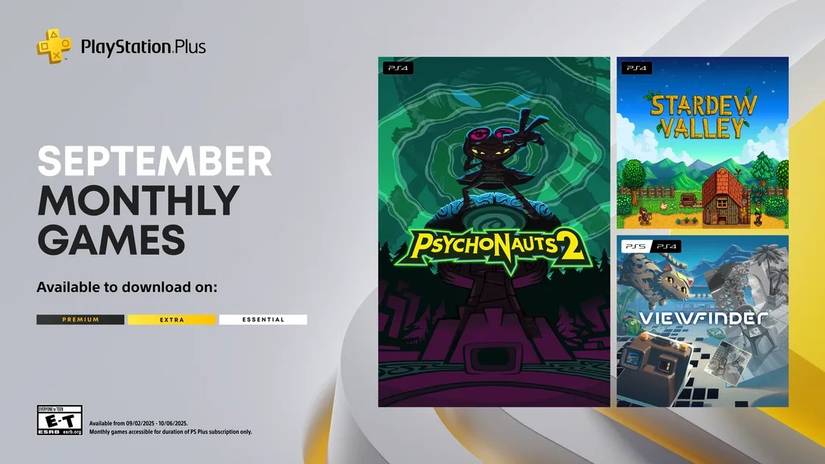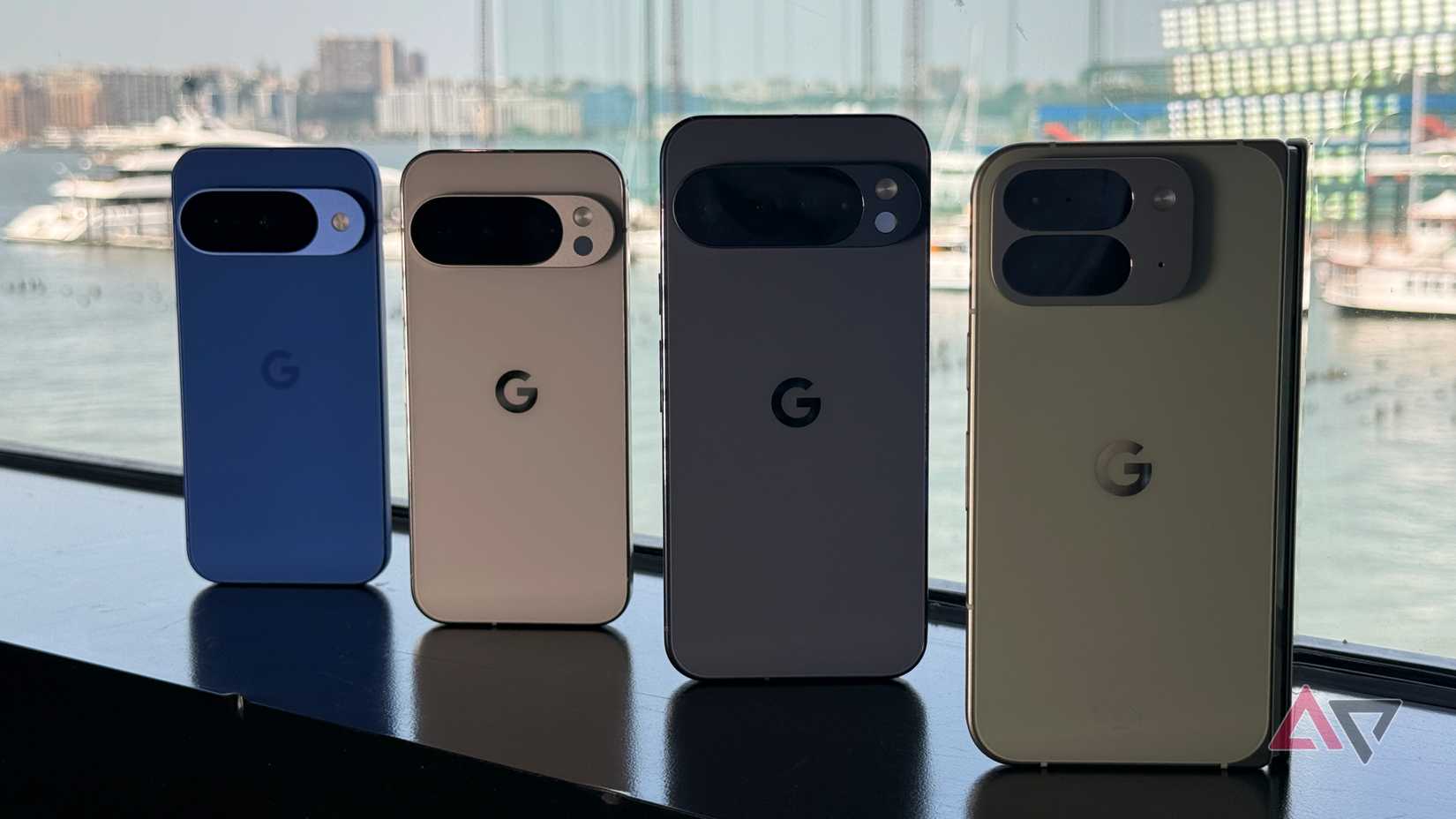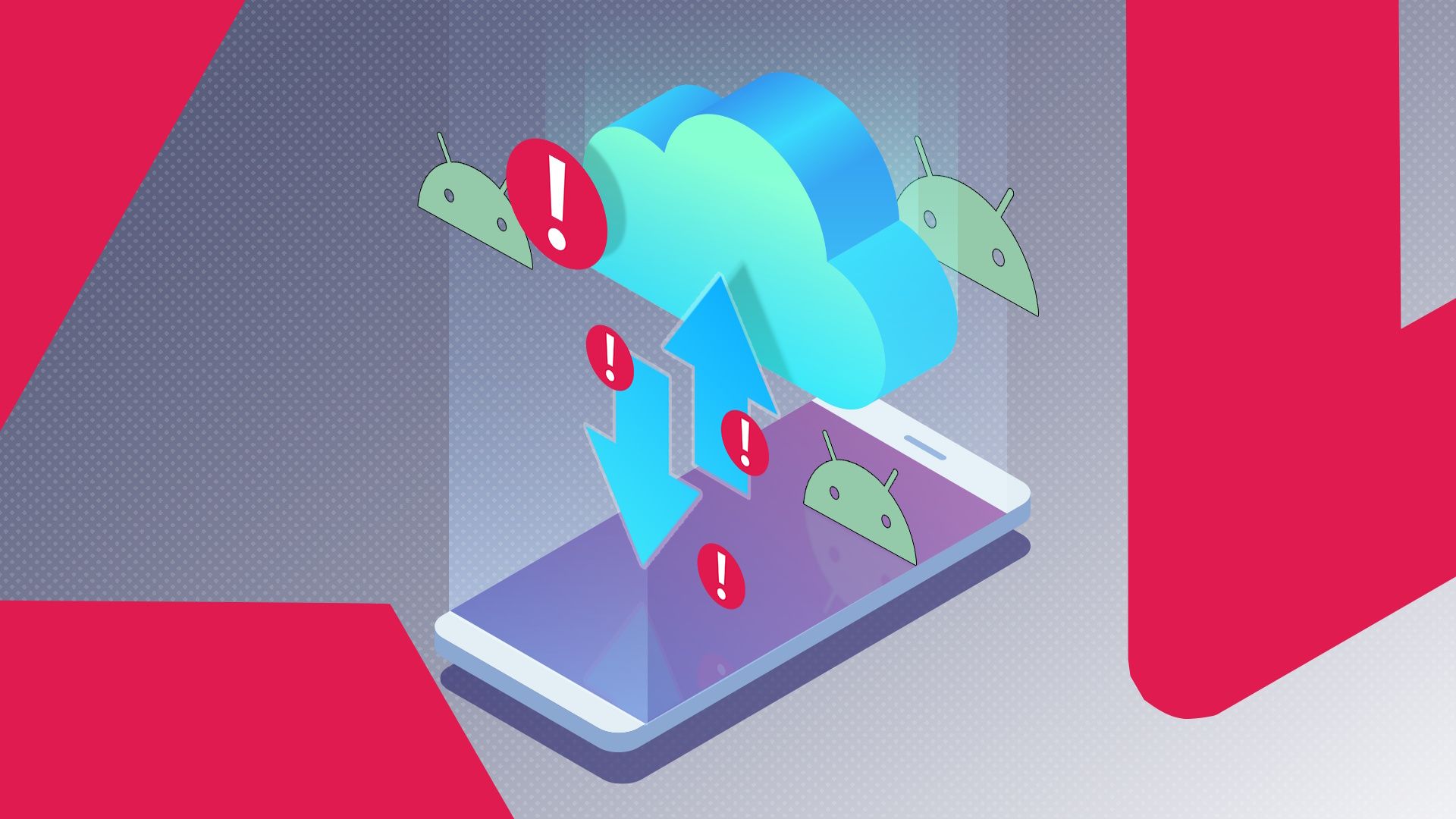The internet feels less private than ever. Between data leaks, surveillance, and targeted ads that know too much, I wanted more control over my online presence.
So, I started taking small steps to reduce my exposure.
However, staying secure online doesn’t mean making lifestyle changes, such as quitting social media, using a dumbphone, or giving up my phone entirely and living like a digital hermit.
In reality, most of us can improve our digital security with tweaks without cutting ourselves off from the online services we depend on.
Over the past year, I made several changes that helped me feel more secure without giving up modern conveniences.
Here’s how I improved my digital security without disrupting my life.
10
I switched to a password manager
And stopped memorizing logins
I once relied on memorizing a handful of passwords across dozens of sites. I depended on my browser to remember the rest, and always dreaded the “forgot password” loop.
That system was barely holding up, and one compromised account could unravel everything.
Switching to a dedicated password manager was a game-changer. I chose Bitwarden, an open source option, and let it generate complex, unique passwords.
The initial setup took a while because I was importing old logins and updating passwords, but it paid off fast.
I stopped worrying about password leaks, and I could finally log in from any device with ease.
Now, I use a single master password (not stored anywhere) to unlock Bitwarden, and everything else is taken care of.
9
I activated two-factor authentication wherever I could
2FA is a crucial defense line in the age of phishing
I used to avoid two-factor authentication (2FA) unless it was necessary.
After hearing about another data breach, I reviewed my accounts and activated 2FA where possible. That included banking, email, cloud storage, and social media apps.
I now use Aegis Authenticator, a 2FA app, instead of SMS (which is more vulnerable to SIM swapping) and back up my recovery codes securely.
Now, even if someone guesses my password, they can’t access my accounts without my second factor. It’s a small step that makes a huge difference.
8
I stopped signing in with Google or Facebook
Single sign-on is risky
Single sign-on was once my go-to for convenience. However, I realized the risk: if someone gains access to your Google or Facebook account, they can access everything else.
I now create independent logins for each service. It takes a bit more effort upfront, but it means my digital identity isn’t held hostage by one giant account.
And the bonus is that fewer companies are tracking my every move across platforms.
I started seeing fewer ads that followed me across websites, which was proof that cutting those links reduces cross-app tracking.
7
I moved sensitive data off the cloud
A breach can easily expose personal information
For years, I kept documents, scans, and personal notes in cloud storage. However, I began to reconsider what needed to stay online.
Cloud services are vulnerable to breaches, and even with strong passwords, there’s no guarantee your information is safe from unauthorized access or misuse.
Anything sensitive (such as ID scans, medical information, or tax documents) now lives on an encrypted external drive I keep at home.
I did not entirely ditch the cloud. I still use it for convenience, but I’m more intentional about what I store there.
Encryption and local storage go a long way in protecting against leaks and hacks.
6
I deleted old accounts and unsubscribed from junk
Fewer accounts to monitor
I had a trail of digital breadcrumbs from over a decade of internet use. It included forgotten forums, old shopping sites, and unused newsletters.
Every one of those accounts was a potential point of vulnerability. So, I took time to search for and delete unused accounts. Tools like Just Delete Me helped me streamline the process.
I also consolidated email addresses and unsubscribed from old lists. Fewer accounts meant fewer entry points for attackers.
As a bonus, my inbox became much easier to manage.
5
I stopped using Chrome and installed a tracker blocker
Use the internet with less surveillance
Google Chrome was my default browser for years. But over time, I became uncomfortable with how much of my online behavior it was tracking.
I switched to Firefox and installed privacy-focused extensions. I added uBlock Origin to block popups and ads, and Privacy Badger to stop invisible tracking scripts.
The difference was immediate. Sites loaded faster, pages felt less cluttered, and I stopped seeing the same ads follow me across the web.
I also started using DuckDuckGo as my default search engine. While the results took some getting used to, I appreciated the break from algorithmic suggestions.
4
I reviewed app permissions on my phone
A simple cleanup made my phone feel less invasive
It’s easy to forget that apps continue collecting data long after you stop using them. I went through every app on my Android phone and reviewed permissions.
I turned off background data for most apps, revoked camera/mic/location access unless necessary, and uninstalled anything I didn’t actively use.
Reviewing app permissions was a breeze with Android’s Privacy Dashboard. As a result, my phone felt faster, drained less battery, and felt far less intrusive.
3
I stopped using my main email address for everything
I now use email aliases for random newsletters
I used to sign up for everything with the same email address, which made it easy for companies (and spammers) to track me. Now, I use email aliases for different services.
I use SimpleLogin to generate these aliases. It keeps my main inbox hidden and lets me shut off any alias that gets spammed. It also makes it easier to see which service leaked or sold my info.
It has dramatically reduced junk mail and given me more control over where my email shows up online.
2
I encrypted my backups and external drives
Encryption acts as insurance
I had backups of my phone and computer, but I hadn’t given much thought to what would happen if someone stole one of my external drives.
So, I set up encryption on my Android backups, hard drives, and USB sticks. It added an extra layer of protection in case my devices were lost or stolen.
It’s easy to overlook this step, but encryption is the last line of defense. Encryption can still protect your data if someone gains physical access to your device.
1
I stopped saving passwords in my browser
Autofill is convenient, but it’s not secure
I used to let my browser store my passwords since I liked the convenience of autofill. But saving passwords in your browser (especially if you’re not using a secure browser) means that anyone with access to your device can view or export them.
After I moved everything to Bitwarden, I turned off password saving in my browser. It required some adjustment, but now my credentials are kept in a single secure location instead of being scattered across different browsers.
Staying secure without going extreme
Improving my digital security didn’t mean retreating from the internet or deleting all my accounts. I still use Proton Mail, watch YouTube, and use social media.
However, I’m more selective now. I know what data I’m handing over, and I’m better protected if something goes wrong.
Digital security involves minimizing risks, strengthening vulnerabilities, and being cautious about sharing information. These changes have made me feel more in control of digital life without sacrificing convenience.





